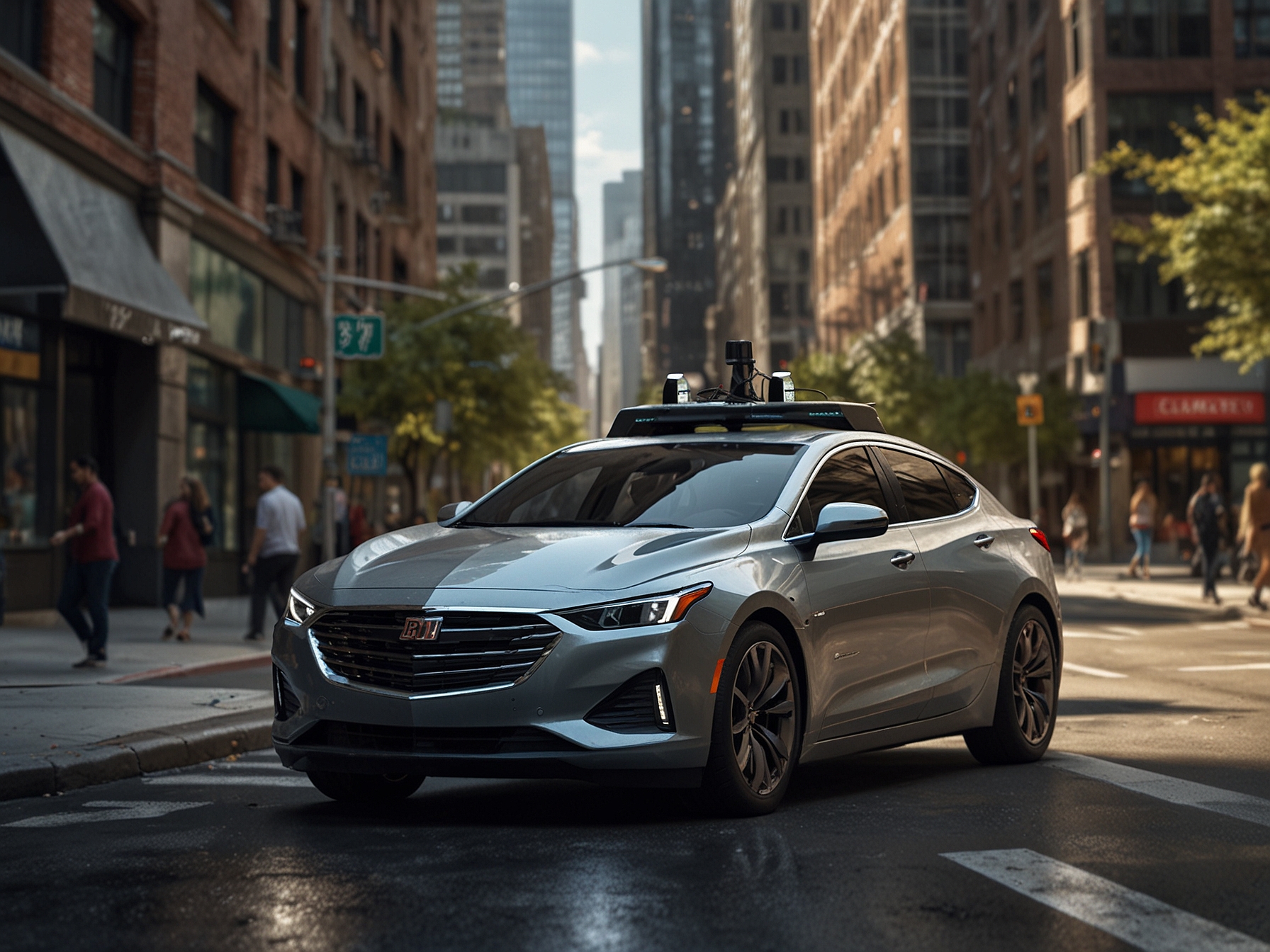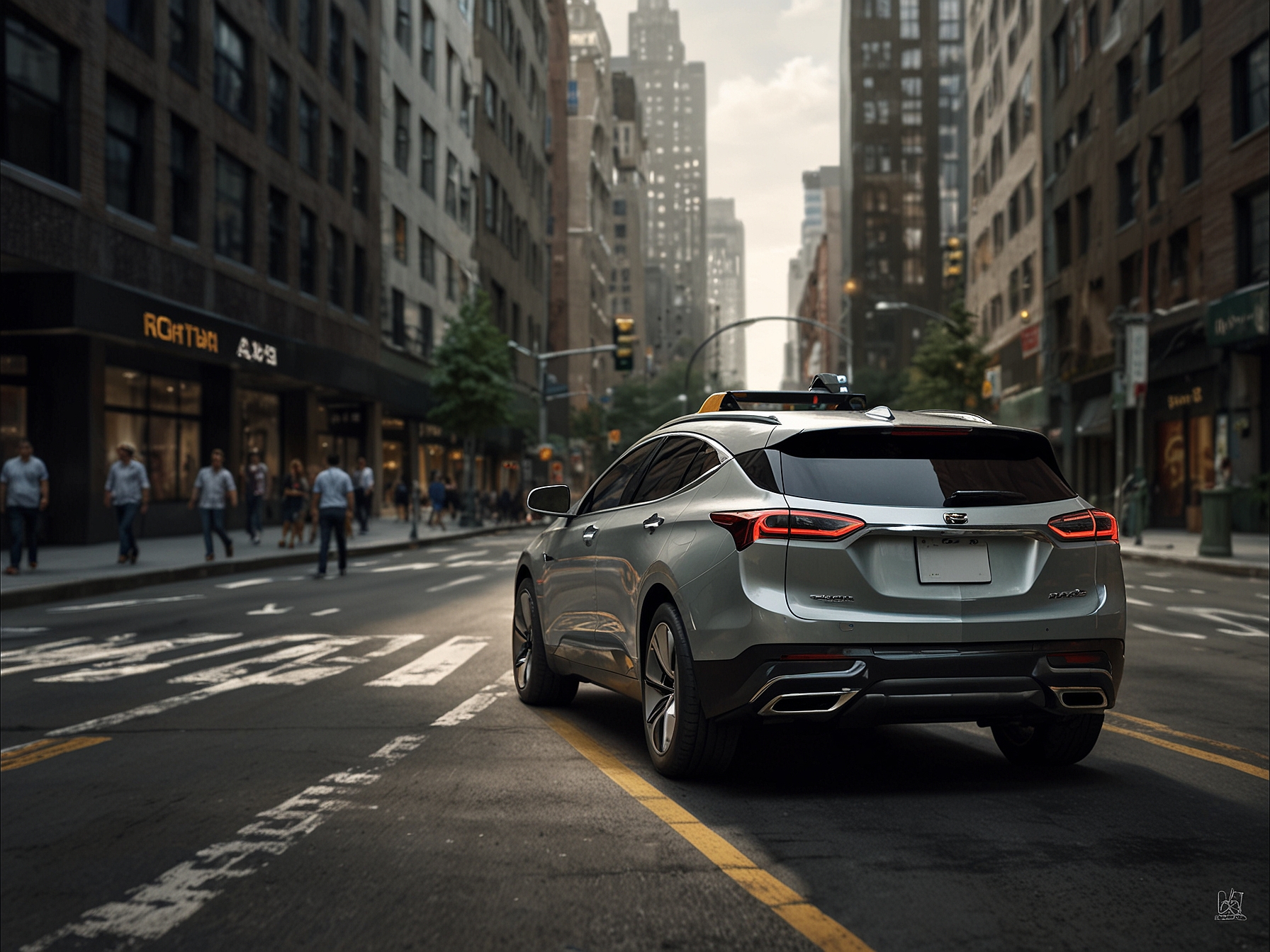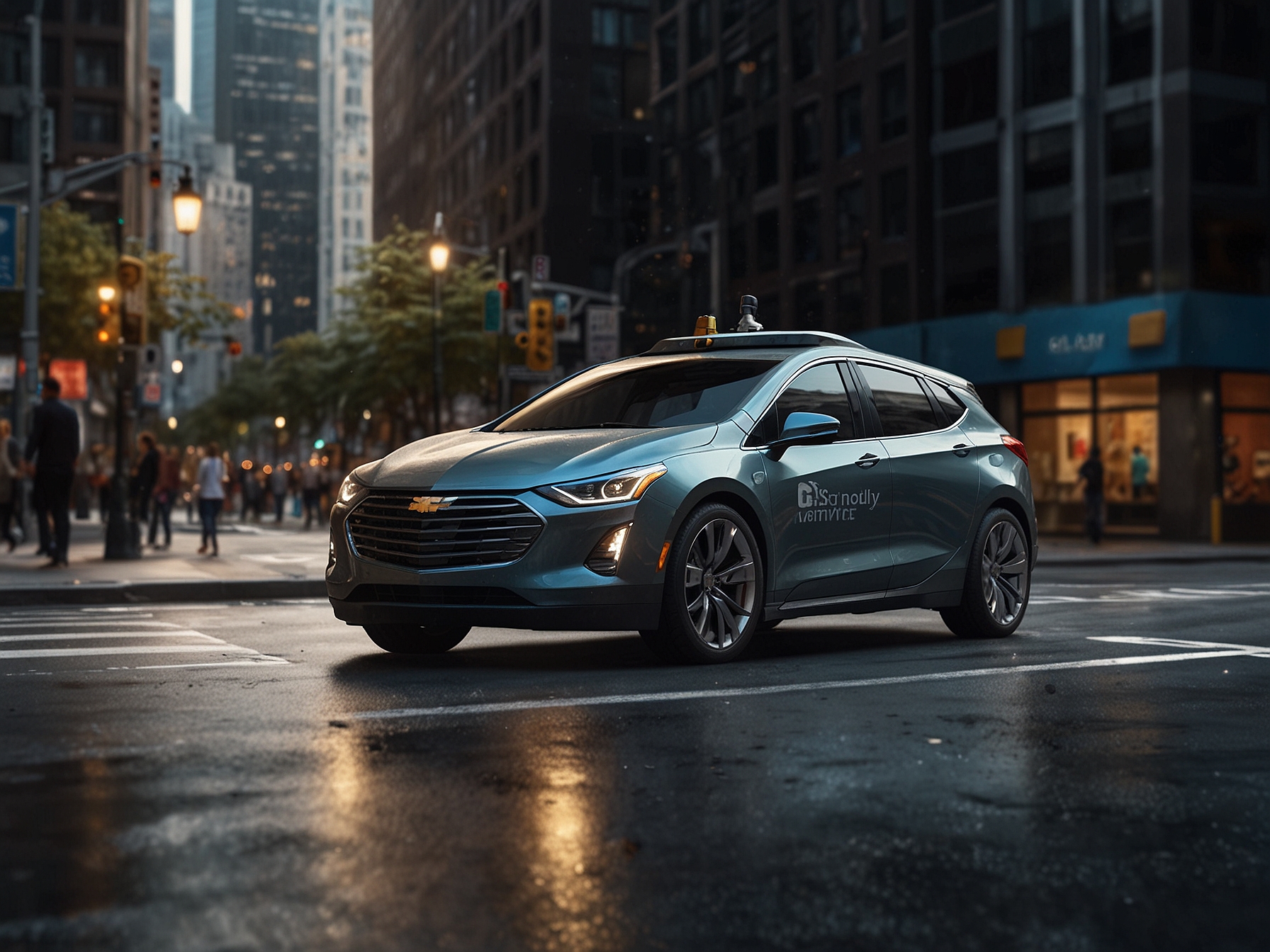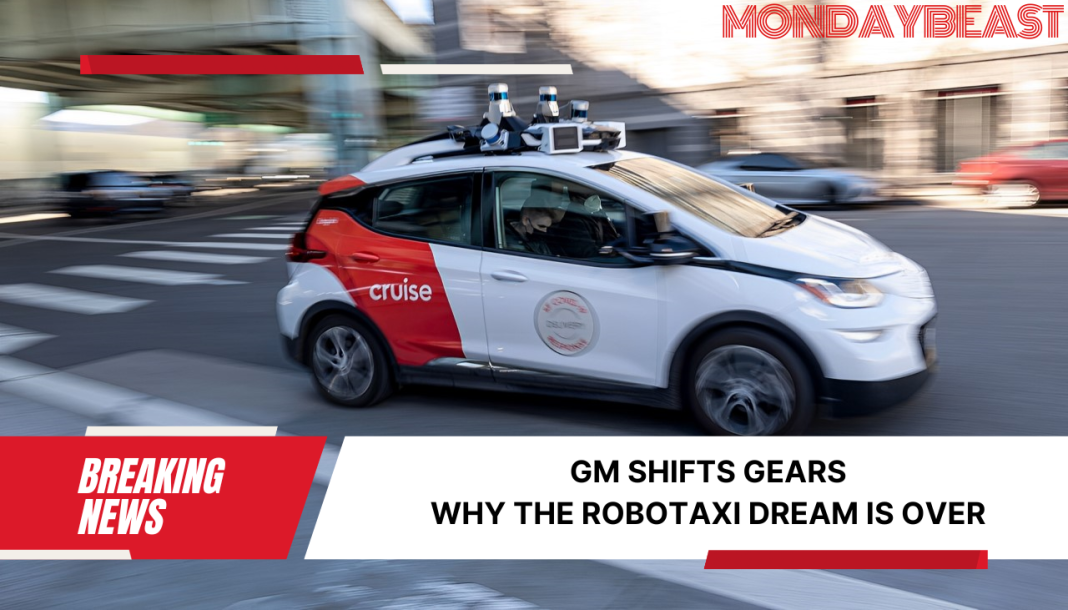GM’s Surprising Decision
General Motors recently announced a significant change in strategy. The company is stepping back from developing its fleet of driverless taxis. What’s behind this sudden pivot? Simply put, the costs are too high. The decision comes as GM shifts its focus to driver-assistance features.
Autonomous vehicles were once seen as the future. GM’s efforts to lead in this space were ambitious. However, according to CEO Mary Barra, developing robotaxis would have needed over $10 billion in investment. As much as they wanted to compete, the time and resources required weren’t justifiable. The company aims to cut costs by $1 billion annually with this new plan.

This change also shines a spotlight on the fierce competition in the robotaxi sector. Rival companies like Waymo and Tesla are charging forward. In comparison, GM’s announcement might seem like a retreat from the race. Did they throw in the towel too soon? It’s a question that many industry watchers are pondering.
Cruise’s Challenges
The company behind GM’s robotaxi initiative was Cruise. Despite its innovative approach, Cruise faced significant setbacks. Notably, a high-profile incident in October 2023 saw a Cruise vehicle in San Francisco striking a pedestrian. The aftermath was swift. California officials paused operations, and GM suspended services nationwide.
This incident isn’t just a blip in the company’s history—it highlights the potential dangers of self-driving technology. Many wonder, are the risks worth the potential rewards? GM has long maintained that autonomous vehicles can be safer than human drivers. Still, this setback raises questions: how much faith should we have in this technology?

Despite these hurdles, GM remains committed to self-driving technology. Mary Barra stressed that Cruise has been an innovator in this field. The company isn’t abandoning its goal of creating fully autonomous vehicles. Instead, they’re refocusing their efforts. By redirecting resources to driver-assist features, GM believes it can enhance safety and improve the driving experience for customers.
A Shift in Focus
So, what exactly does this mean for GM’s future? The automaker will now concentrate more on practical features. Options like Super Cruise, a hands-off driving aid, will take center stage. These features are now available in over 20 GM vehicles. The goal? Enhance driver control without losing the push toward autonomy.
This shift could resonate with current drivers. Many car owners appreciate assistance without giving complete control to technology. There’s a blend of convenience and safety that might appeal to those who are hesitant about fully autonomous vehicles. Is focusing on driver assistance a smart move? It seems that way.

But GM’s decision doesn’t signal a total retreat from the autonomous vehicle dream. Barra emphasized this point. She believes merging Cruise’s self-driving efforts with GM’s driver-assist technology can open new doors. Enhanced safety and reduced driver stress are enticing prospects for car buyers.
The Road Ahead
The future of transportation is still unfolding. As GM reevaluates its path, the company’s vision remains ambitious. Executives seem undeterred by this latest challenge. They believe advancements in self-driving technology will ultimately reshape how we commute.
So where does that leave consumers? Optionally better driving experiences and improved safety measures are goals worth anticipating. Does it make you reconsider what you expect from your vehicle? The evolution of cars is fast, and it seems GM wants to steer into a lane where innovation benefits the everyday driver.
In conclusion, while GM’s move away from robotaxis may seem drastic, it underscores an important reality in the automotive world. Change is constant, especially in the tech-driven landscape. As the industry evolves, so do the strategies of its major players. Will this reorientation benefit GM and its customers? Only time will tell.




